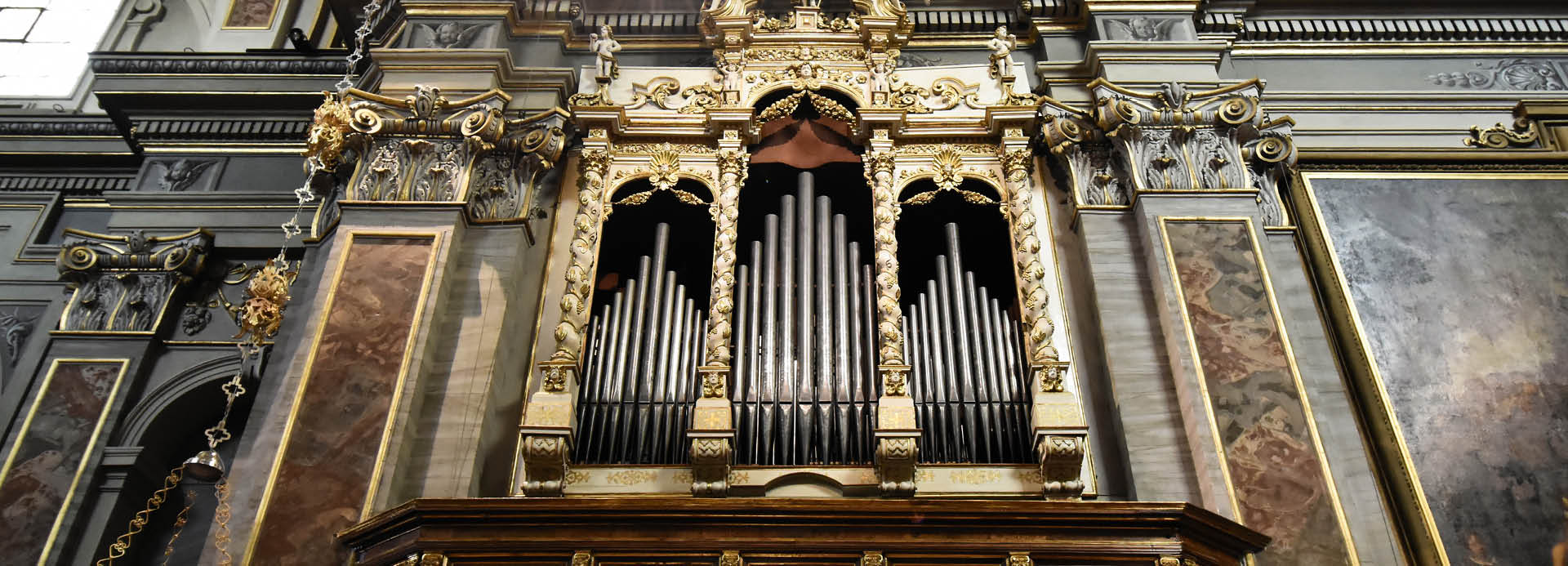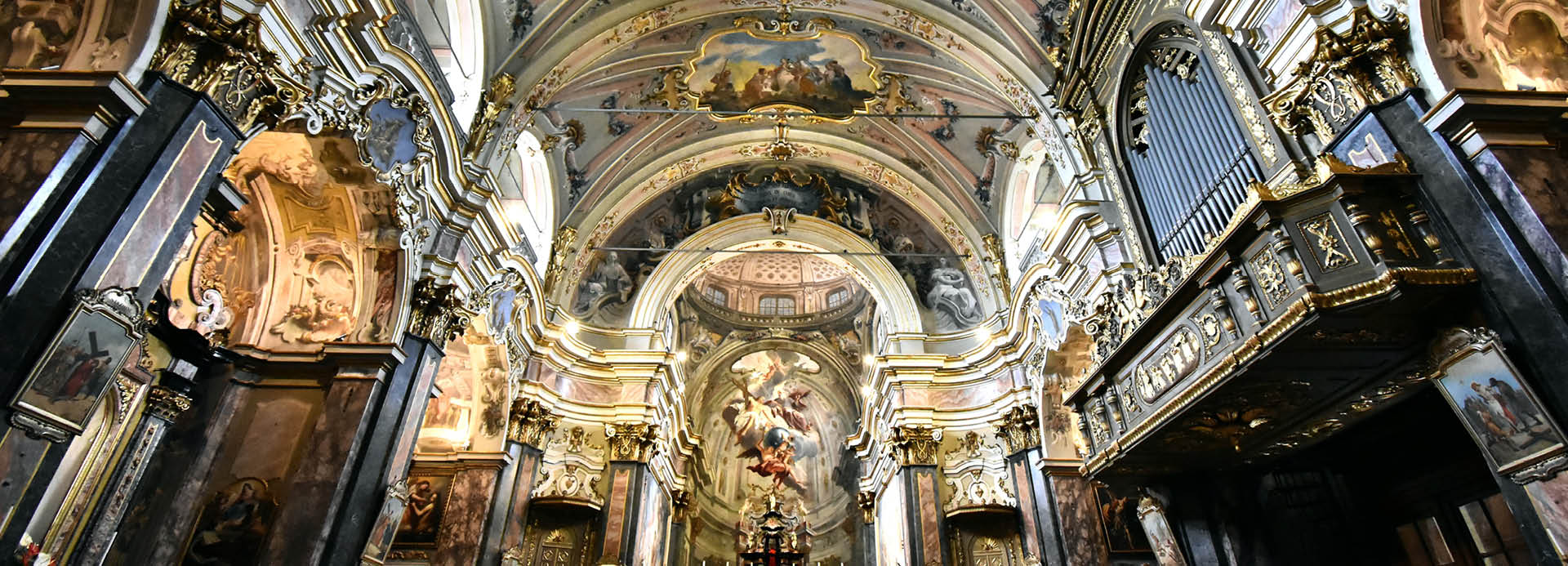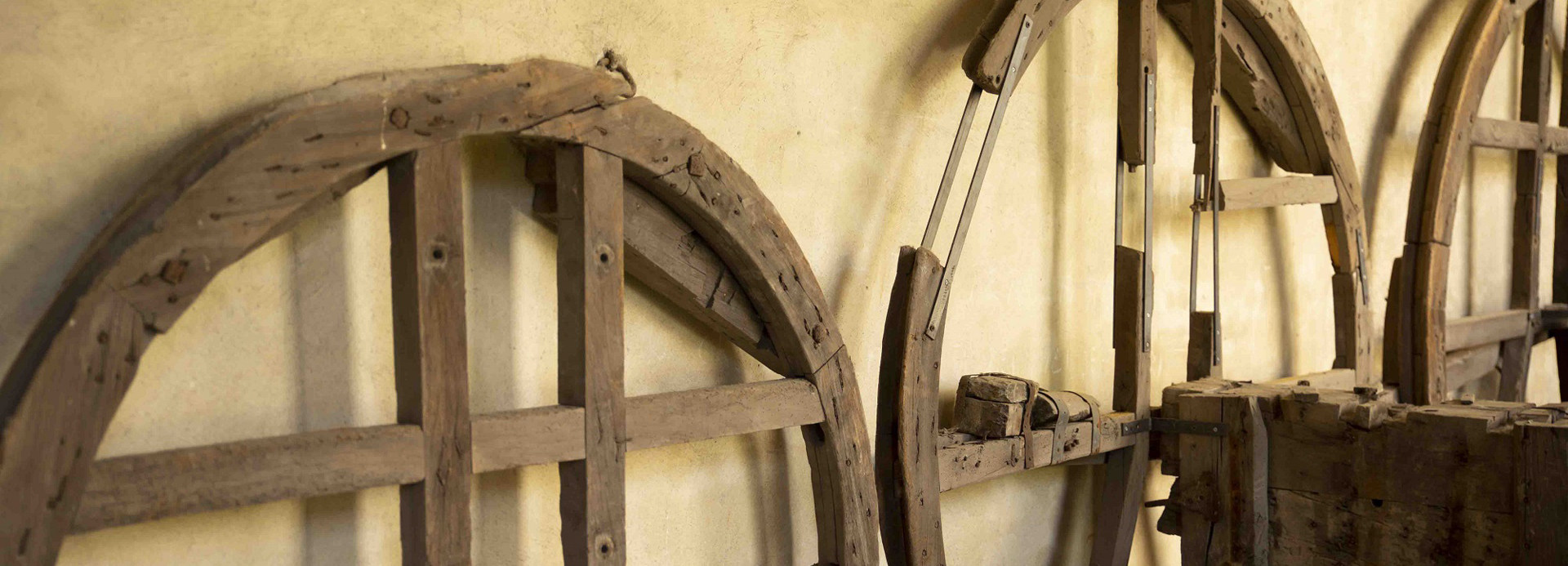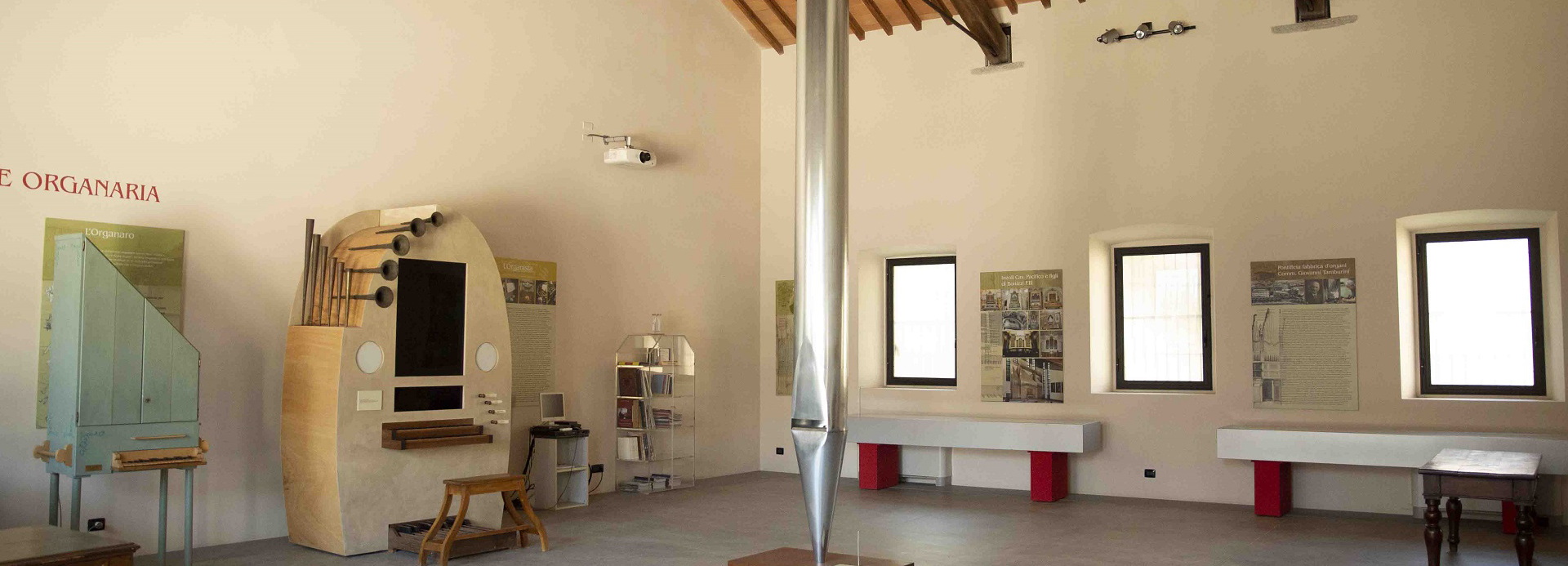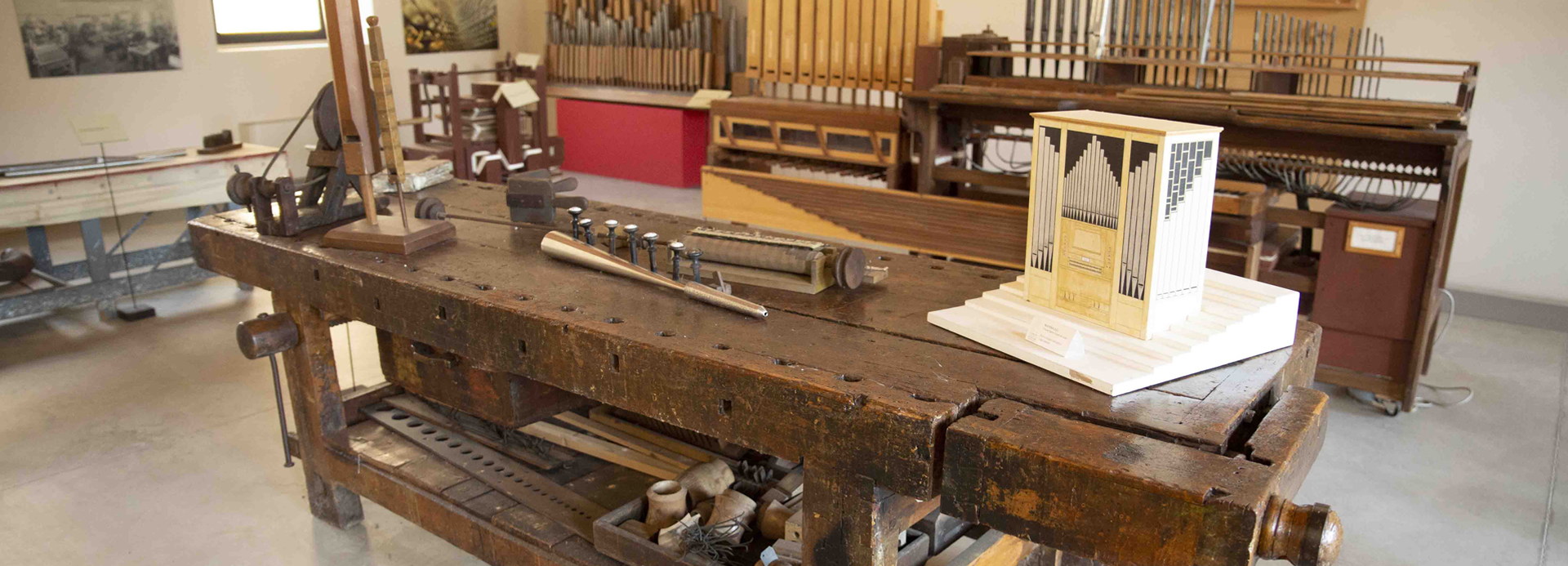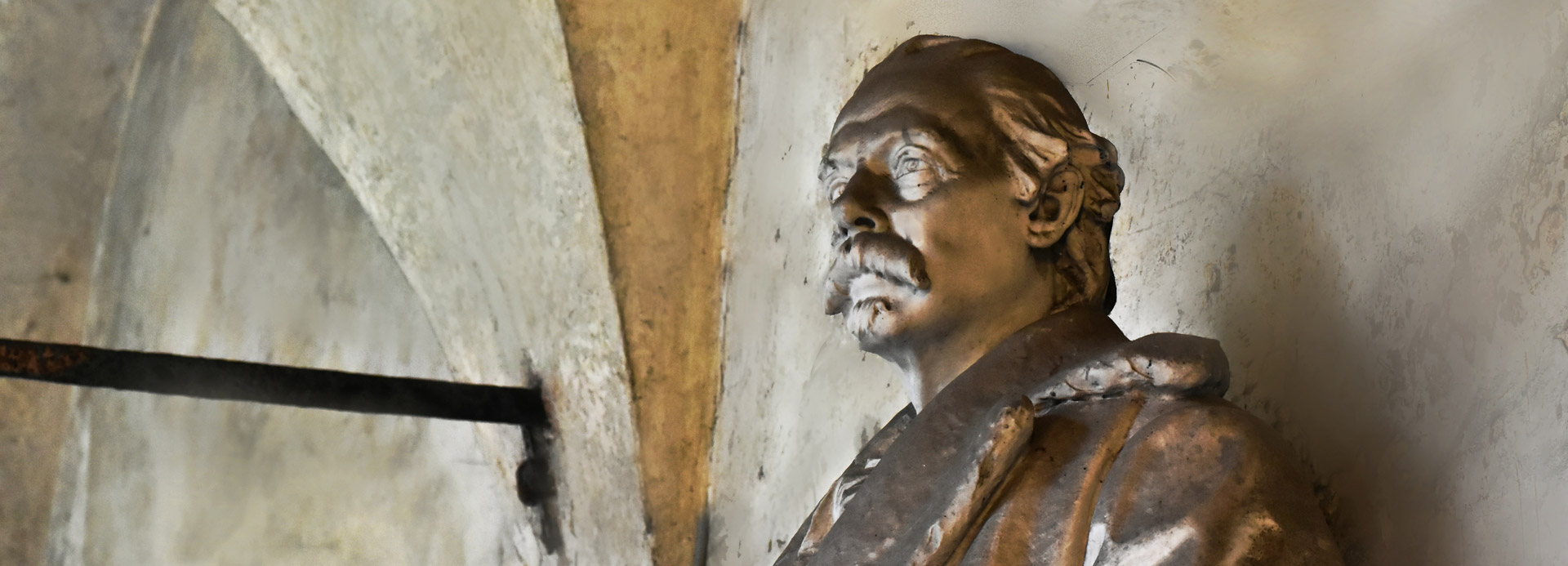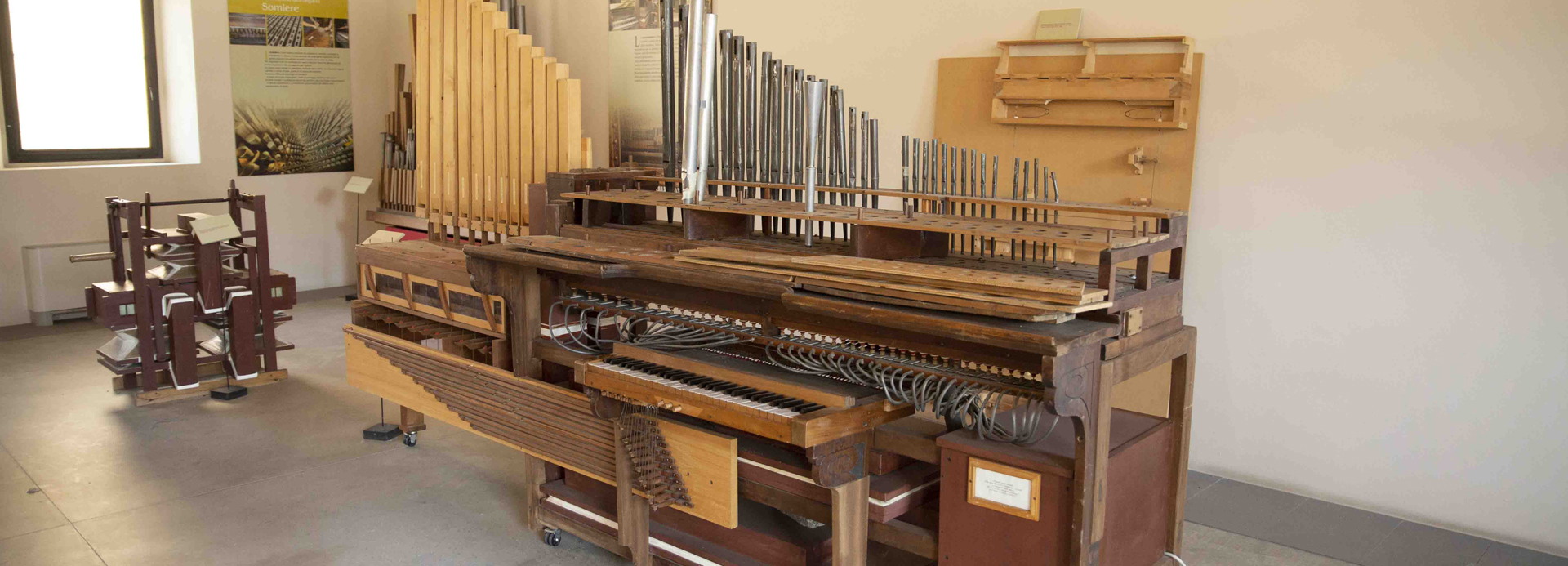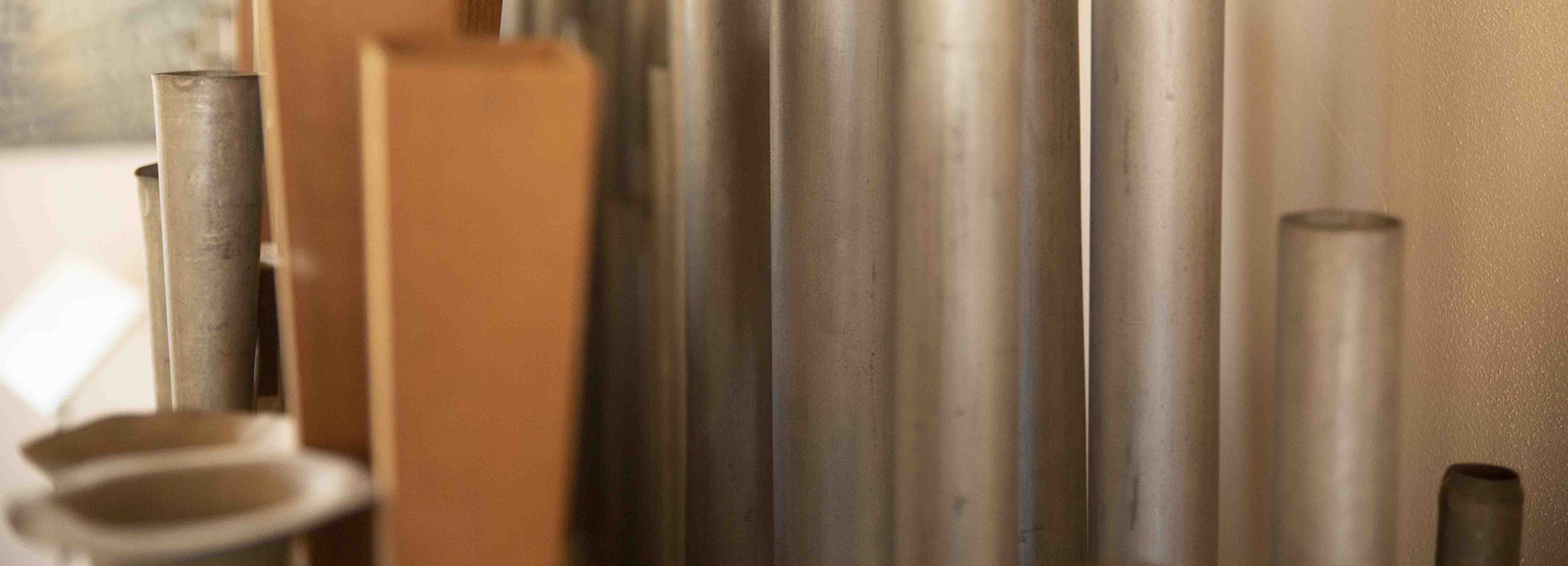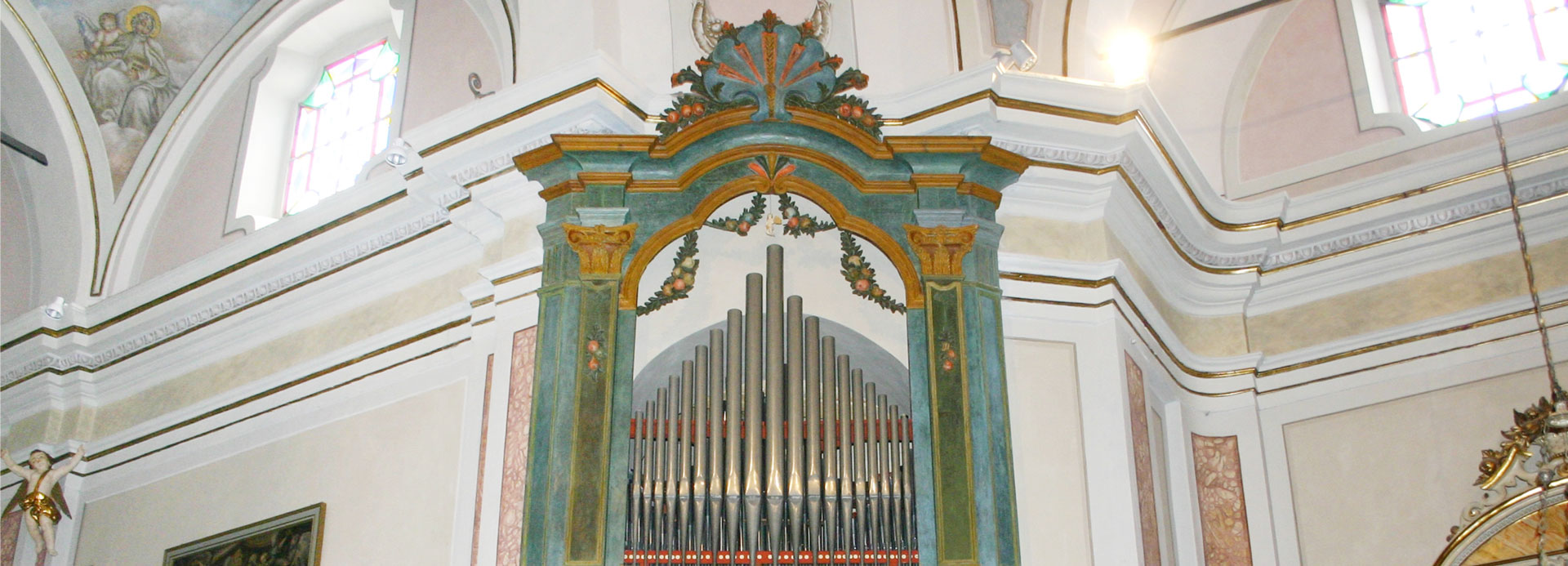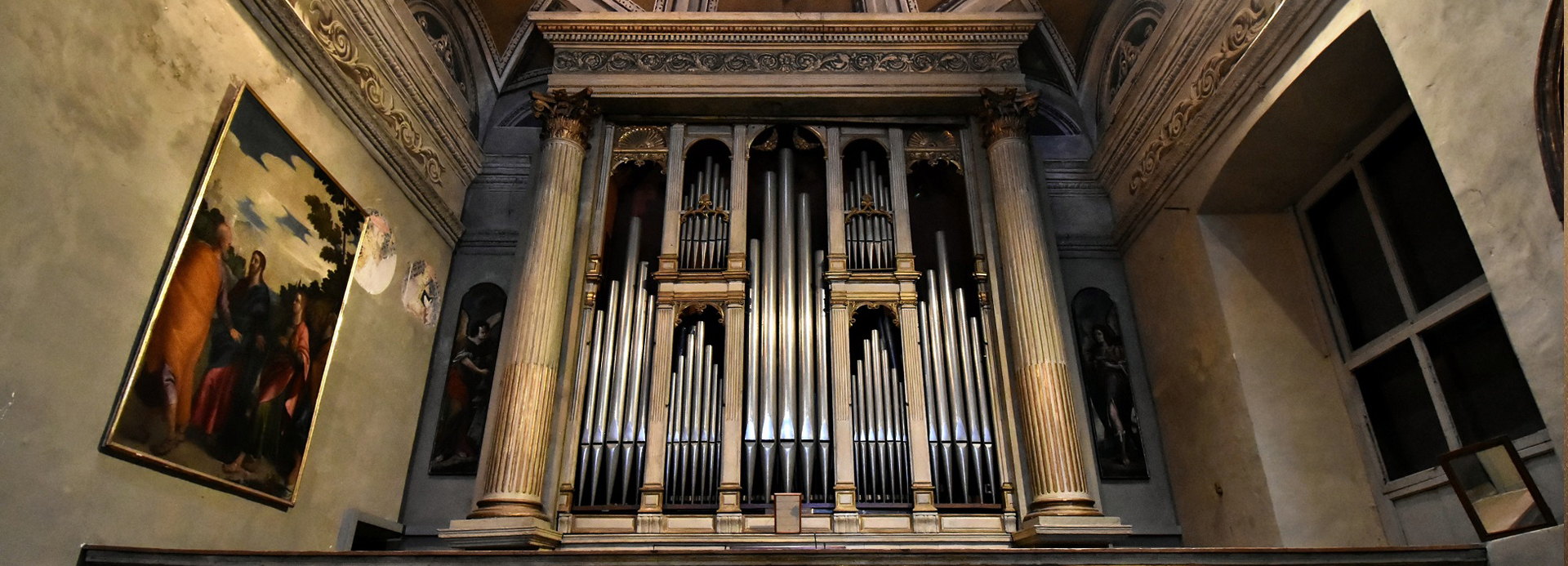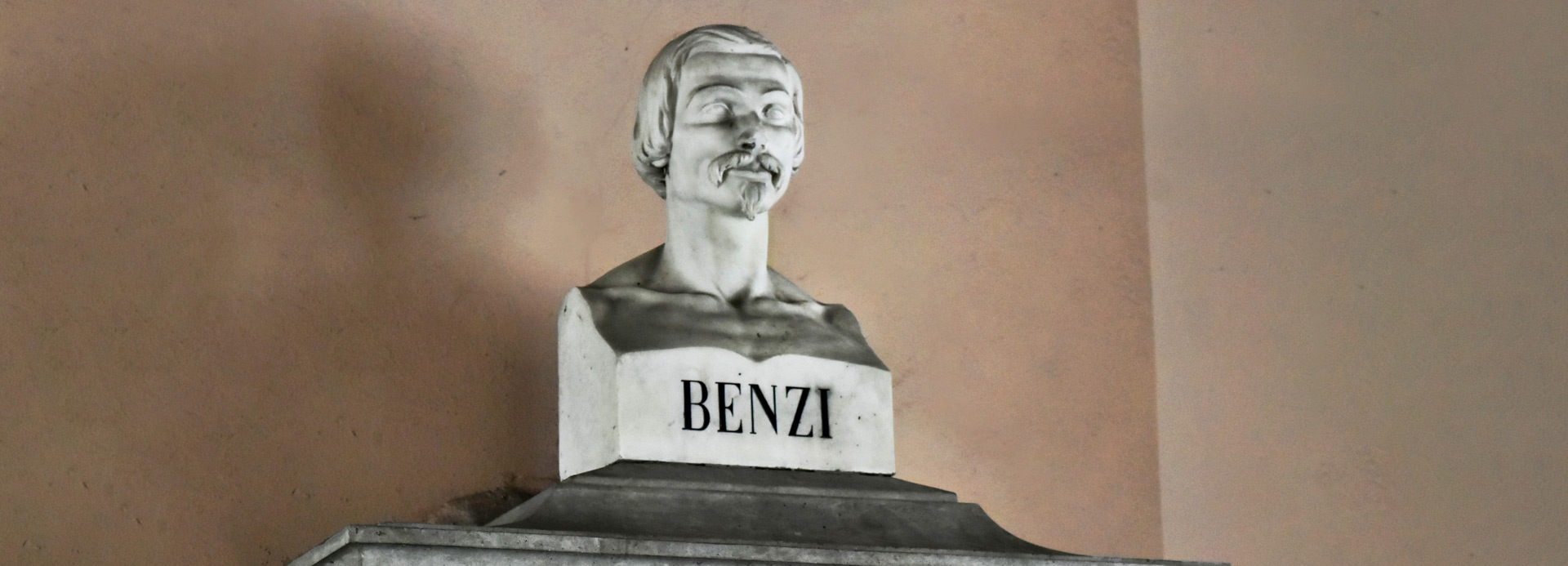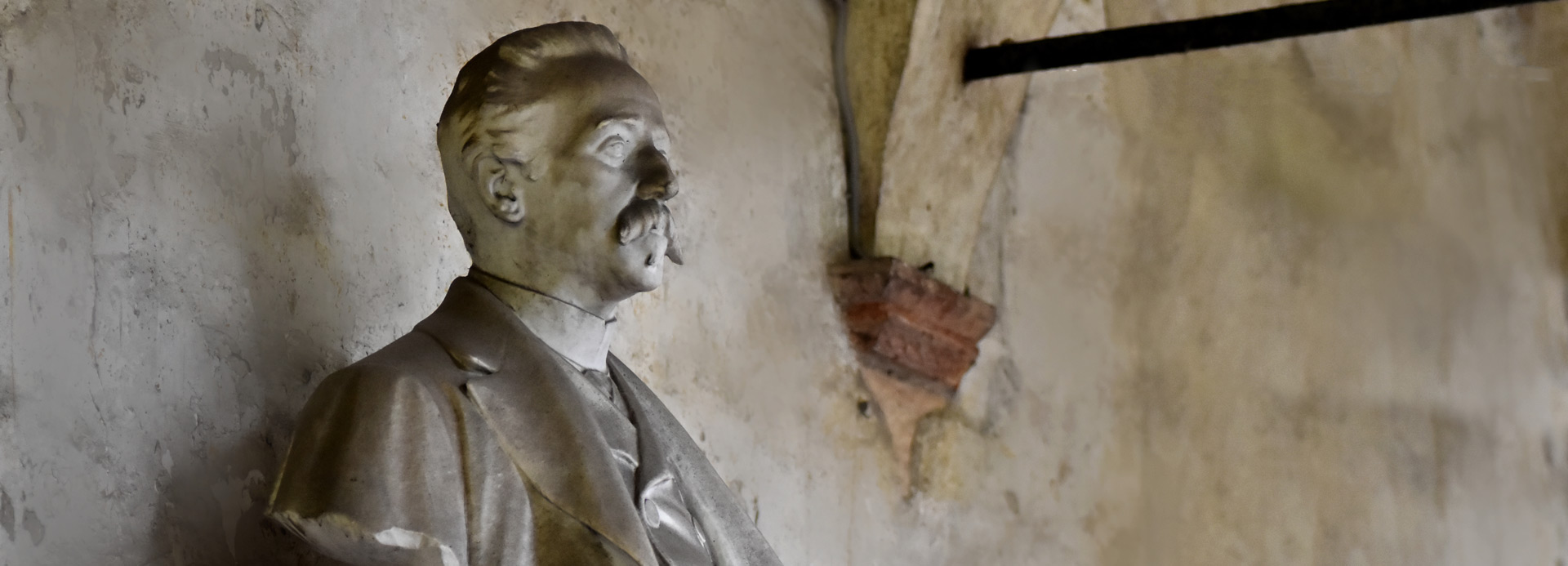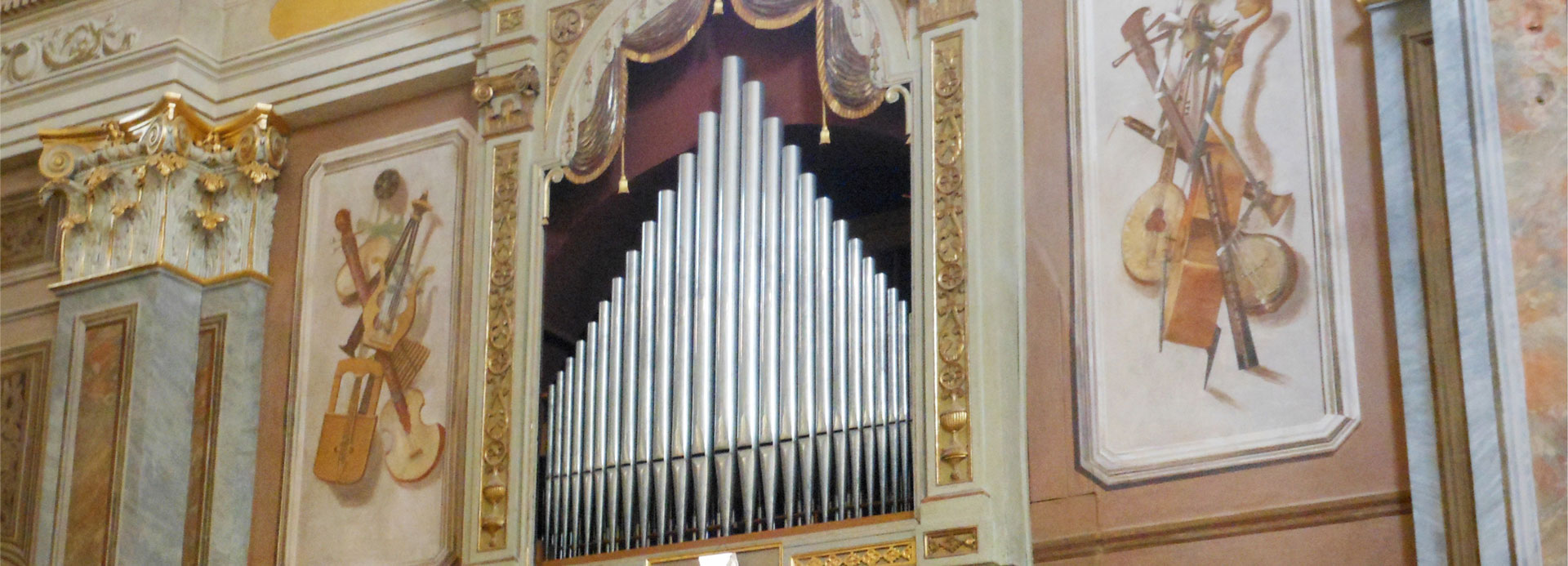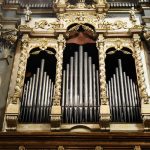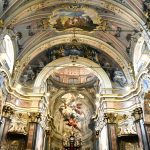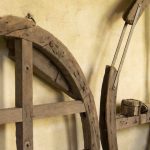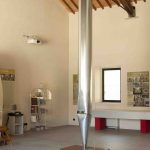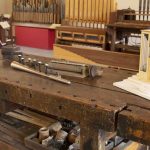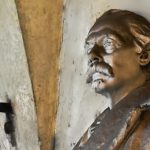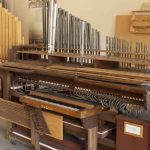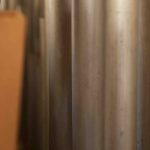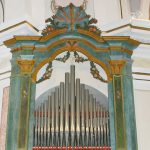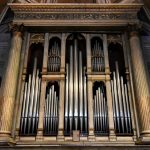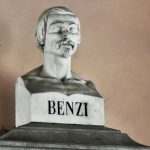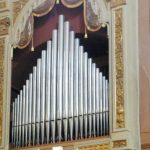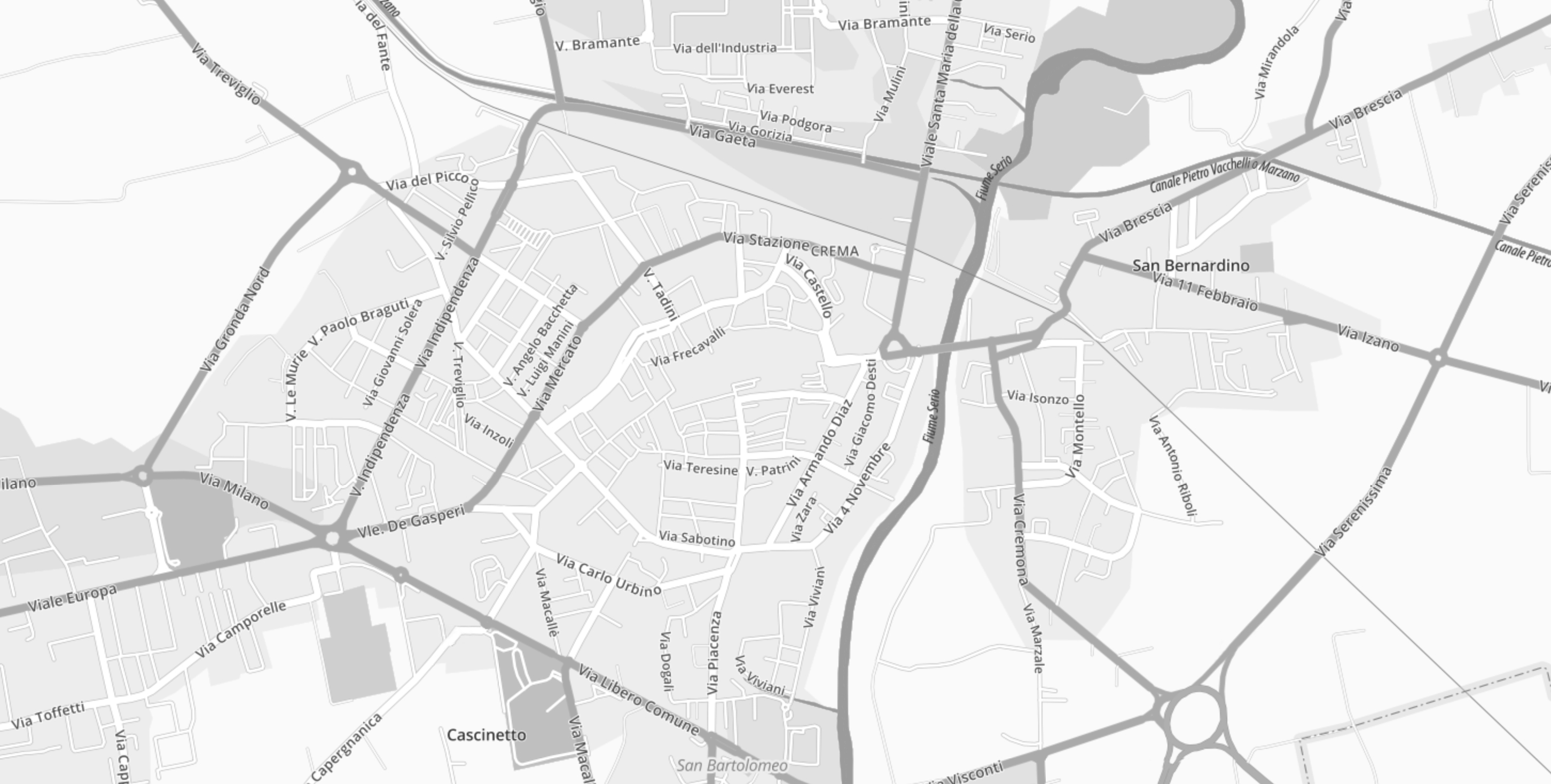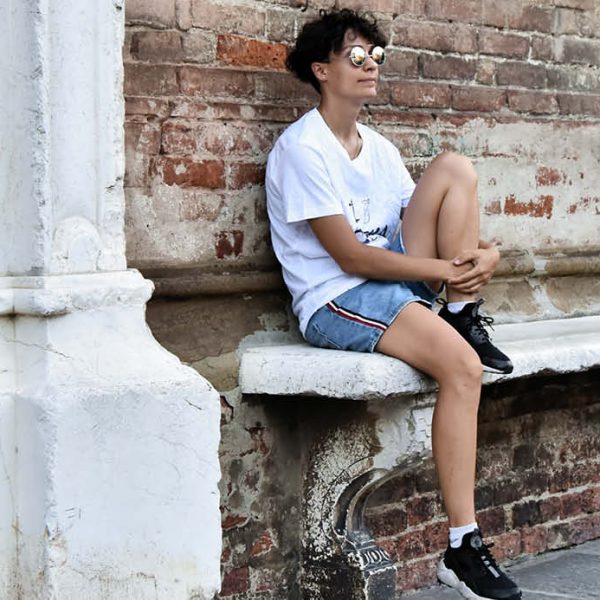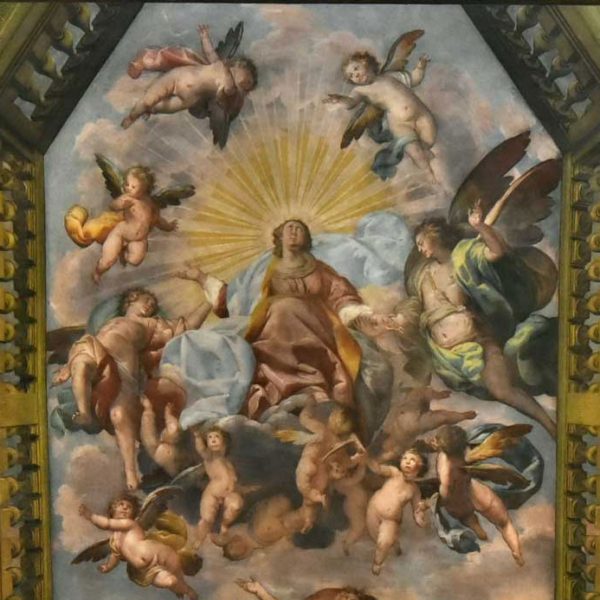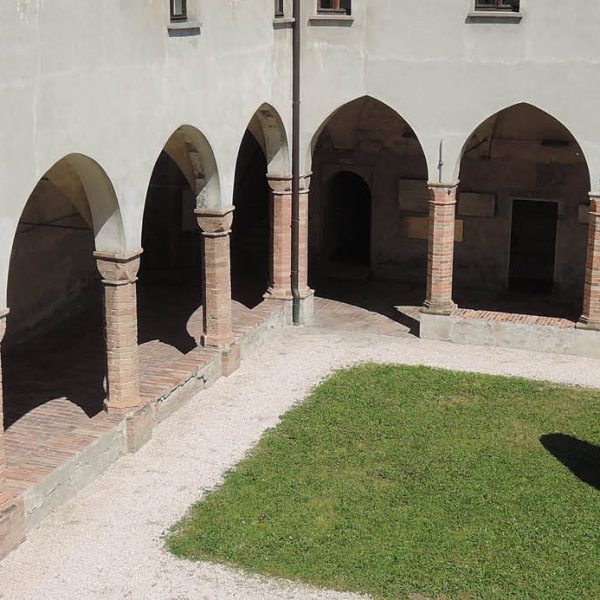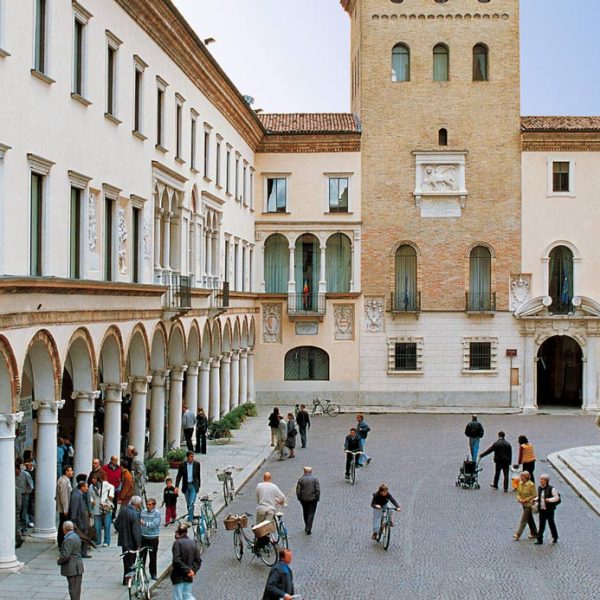 Tutti gli itinerari
Tutti gli itinerari
Prestigious tradition and great musicians
Culturally speaking, Crema is a multifaceted town in many ways, offering a well-balanced repertoire of artistic and figurative works. However, there is one cultural field in which Crema excels, music. In fact over the centuries, Crema has become a reference point for musical craftsmanship, boasting a prestigious tradition in the construction of both organs and bells. Moreover, a number of great musicians, organists and choirmasters were born in this city.
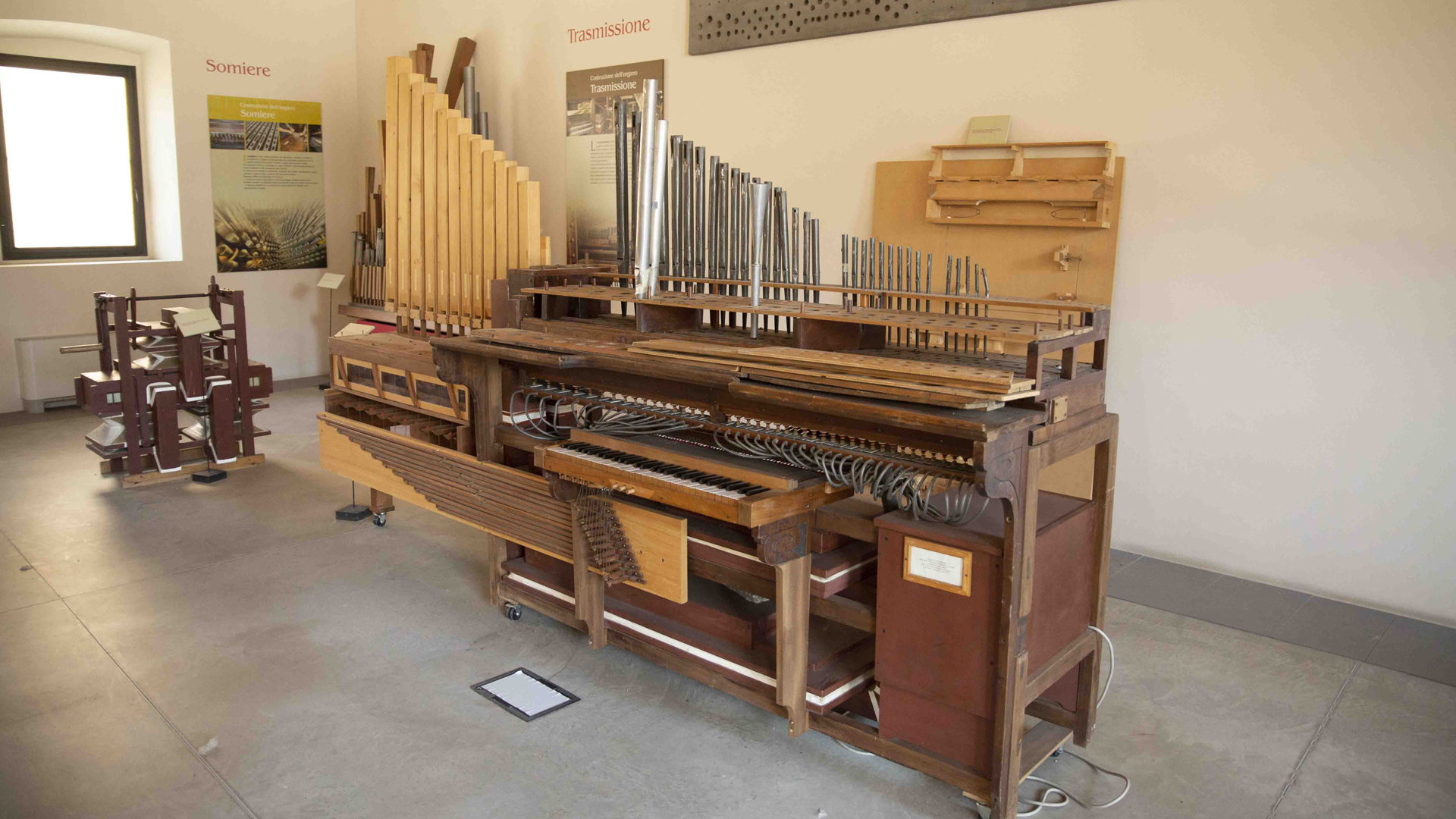
The Civic Museum of Crema and the surrounding area offers an interesting route through the town’s musical past. Since 2015, a section of the museum uniquely dedicated to Crema’s musical heritage has been open to visitors. This heritage began its development at the end of the 1700s when the first craft workshops began their production.
The most relevant families were the Lingiardi, the Franceschini, the Cadei and the most significant figures are those of Pacifico Inzoli and Giovanni Tamburini, whose workshops are still active today. In 1864, Inzoli created the largest organ factory in Crema. He also devised innovative solutions for the creation of personal instruments.
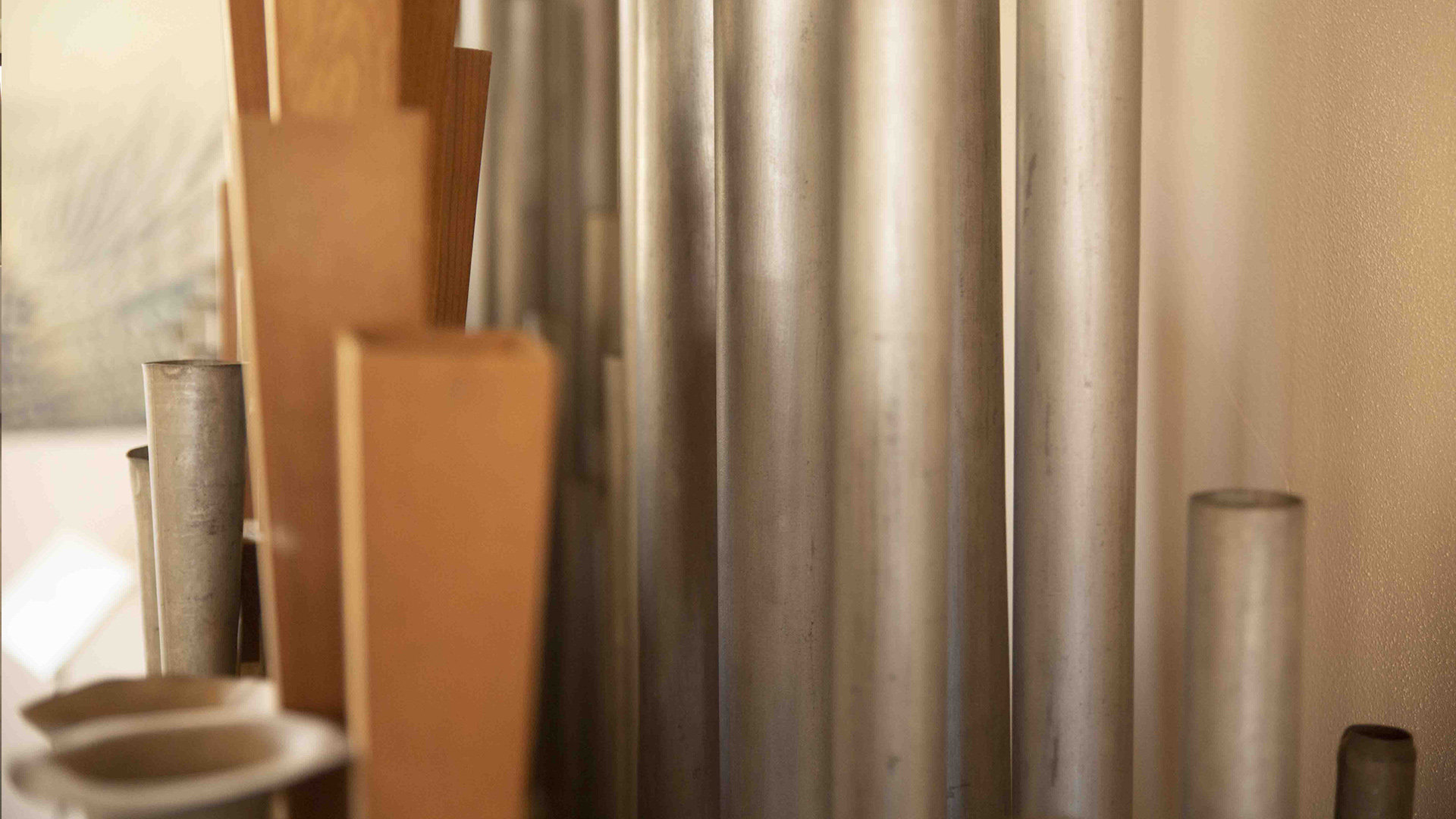
There are two rooms in the museum section. In the first you can deepen your knowledge of the history of this artisan and the main protagonists in the field in Crema and the surrounding area. In addition, you can observe some of the instruments themselves, such as the 32 feet high organ pipes, which rise up from the centre of the room and replicate the organ in the Cathedral, Il Duomo in the centre of Crema.
Youngsters can have fun inside this room too, thanks to a multimedial instrument that simulates a small organ. In this way they can enjoy discovering new information about this original art. The second room is more educational and replicates a craft workshop.
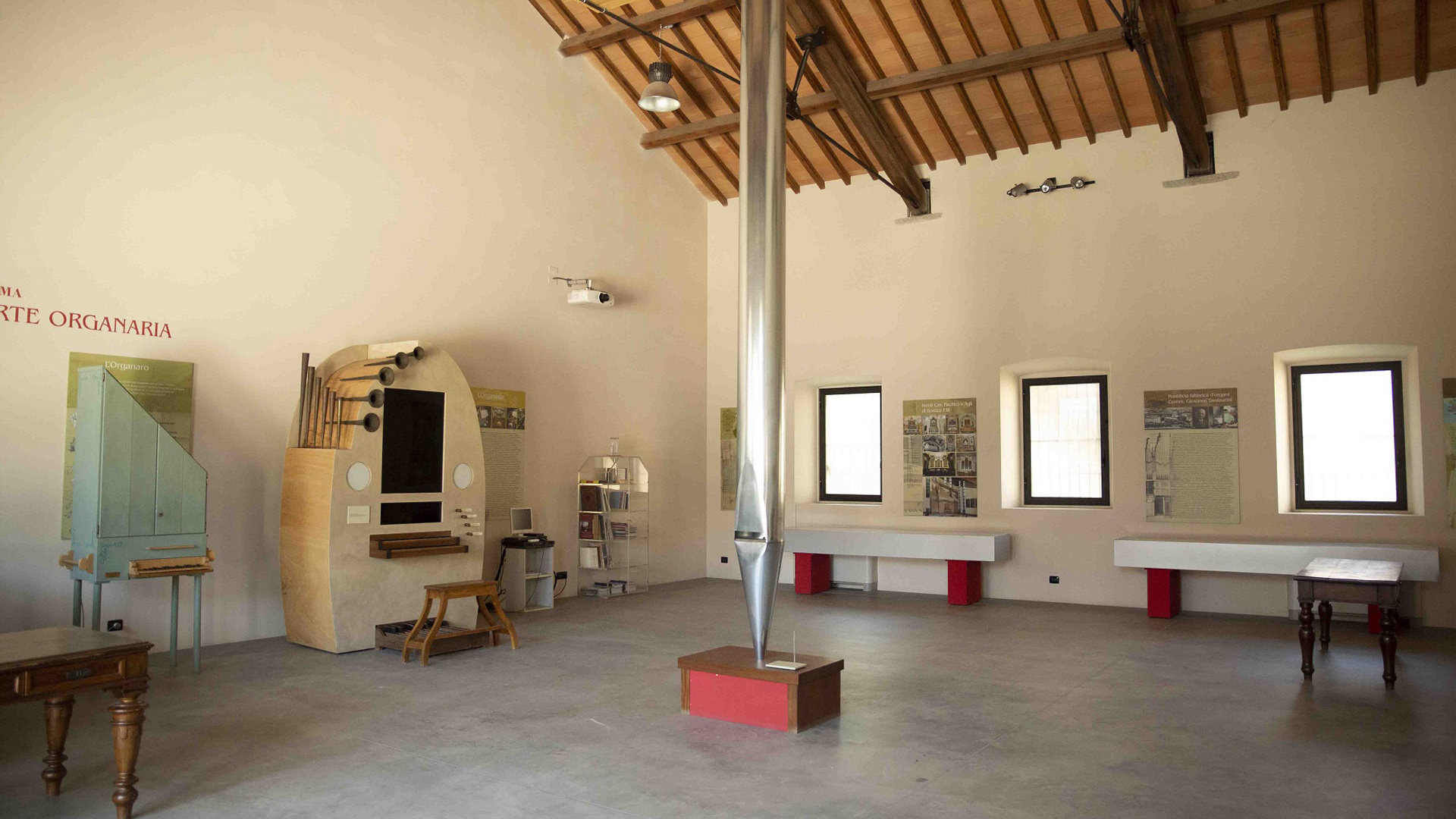
In here you can see the different stages of the process, from the fusion of metals, to the production of metal sheets, which get rolled up around the shapes.
You can also admire the construction of bellows (devices which blow air inside the barrels), traders (cases that distribute the air in the barrels produced by the bellows) and transmissions (sets of arrangements aimed at regulating the opening and closing of the valves inside the traders), and finally the construction of the completed organ.
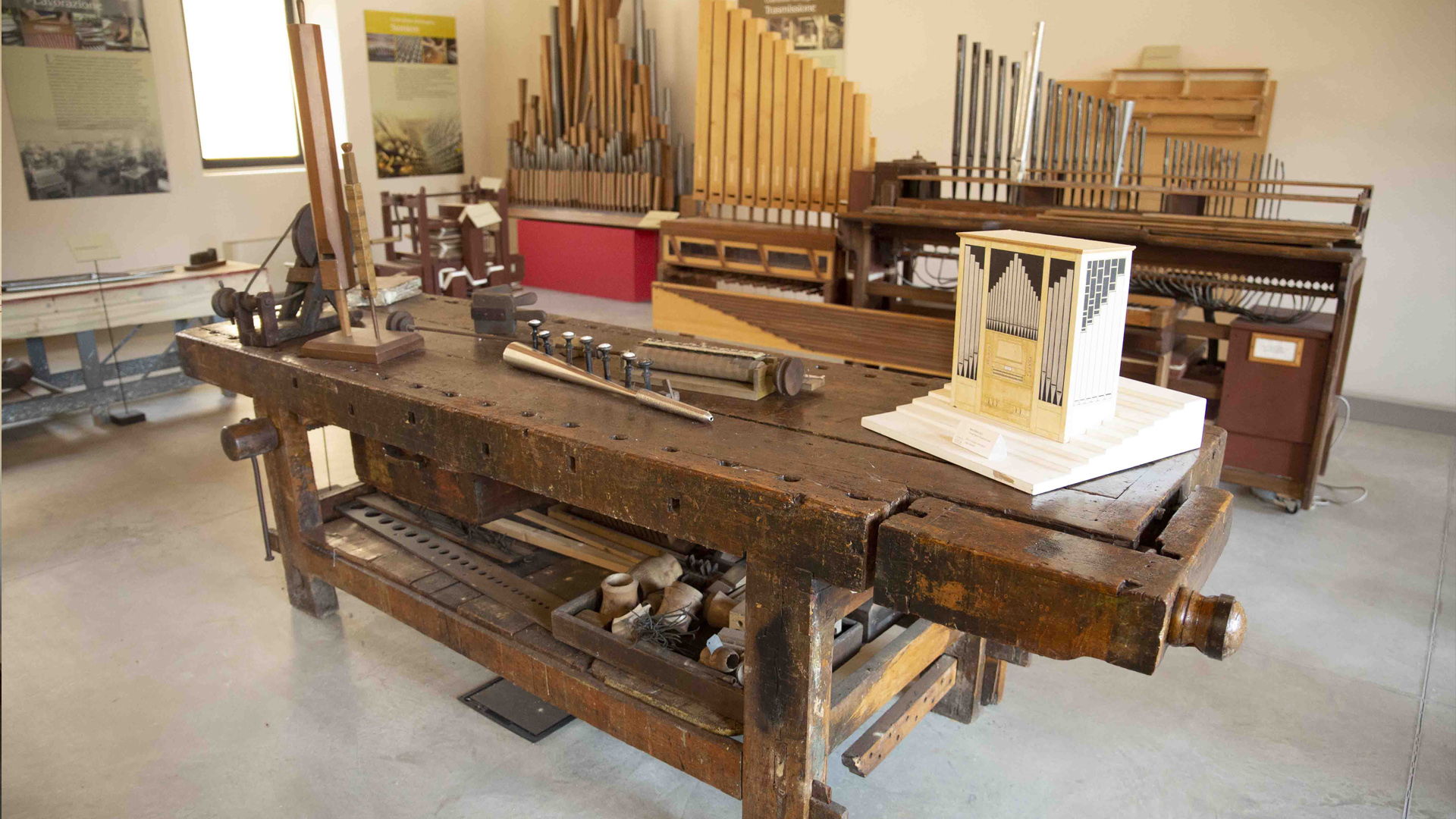
In the same Museum you’ll be able to stop in the second cloister of the old convent where a museum section dedicated to the art of bell-making (campanaria art) was created in 2018. This is another ancient tradition in which the cremasco territory has predominated, over the centuries . To know the history of this art you have to go back to 1498, when the Crespi foundry was recorded for the first time. The tradition of bell-making is still actively handed down today and the companies that have stood out over the centuries are Sabbadini, D’Adda and Allanconi, the latter still active in the nearby village of Bolzone. In the museum section you can see the wheels and wooden beams from the ancient castle of the bell tower of the Cathedral of Crema, replaced with a metal frame in the late 1960s. The exhibition is enriched by a small bell tower with an eighteenth-century bell for educational purposes.
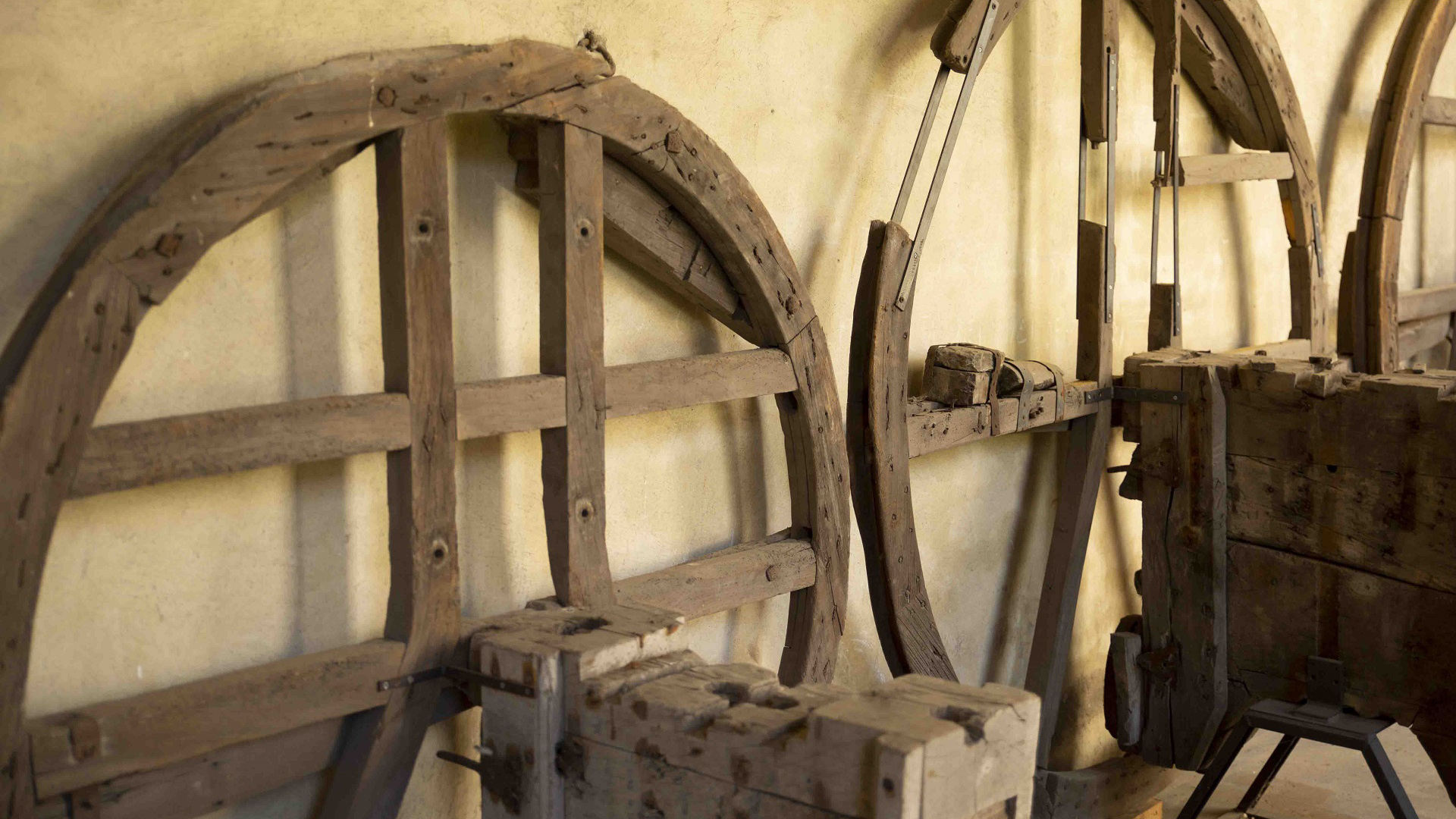
On your route there are still more names to discover, which have made Crema famous on a musical level. In fact, over the centuries the town has been the birthplace of many musicians, beginning in the sixteenth century with Giovanni Maria da Crema, who worked in Urbino; in the seventeenth century we remember Francesco Cavalli (1602-76) who became organist and maestro di cappella (Chapel Master) in San Marco in Venice. Certainly the most famous names are among the artists active in the nineteenth century: Stefano Pavesi (1779-1850), Giovanni Bottesini (1821-89) and Vincenzo Petrali (1830-89). In the cloisters of the museum the celebratory busts of Giovanni Bottesini and Vincenzo Petrali are preserved, as well as a commemorative epigraph of Francesco Cavalli.

The next stop is in Piazza Duomo where we find the coat of arms (placed on the facade of the Town Hall [link to page]) of the mayor Federico Cavalli, who was protector of Francesco Caletti Bruni (1602-1676), the composer who took his patron’s surname and became Francesco Cavalli. The Cremasco composer was a pupil of Claudio Monteverdi and worked in Paris on the occasion of the marriage of Louis XIV.
Moreover, under the porch of the Pretorio Palace , there are commemorative monuments of two composers and musicians. Stefano Pavesi, who was the choir master of Crema Cathedral, in addition to directing the Viennese Court Theatre, and Giuseppe Benzi (1820-1857), the organist who became maestro di cappella of the Cathedral of Crema after Pavesi.

From Piazza Duomo, we invite you to travel down Via Civerchi, where you will meet Palazzo Barbàra, where Giovanni Bottesini was born. He spent the early years of his life in Crema, and went on to become an important composer, conductor and above all one of the most famous bass players in the world, collecting accolades in America, Europe, Egypt and Russia, earning himself the nickname “the Paganini of the double bass”.
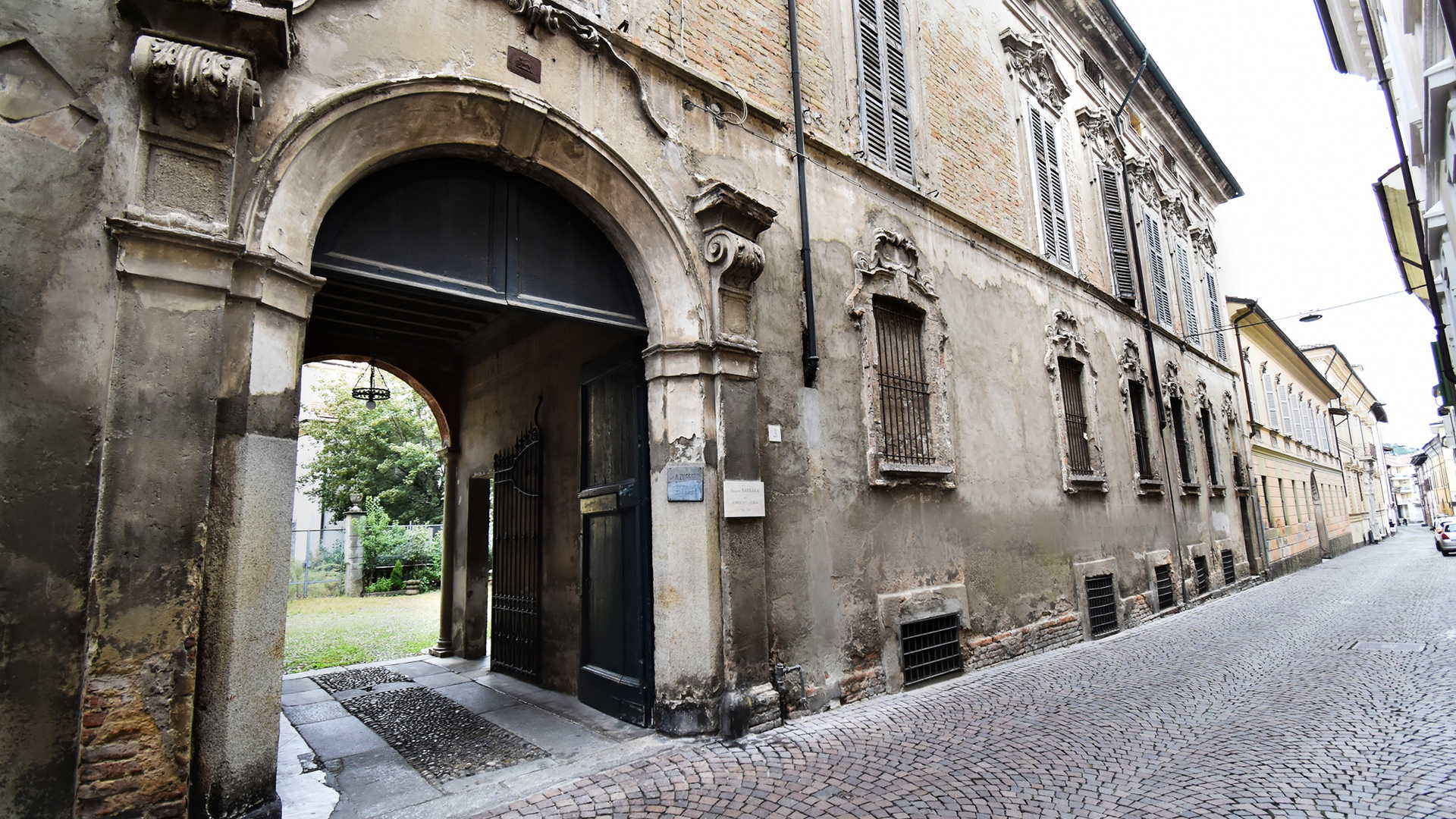
The tour is completed with a visit to some of the town’s churches, where you can admire some of the town’s important organs. We therefore propose a stop in the church of Santissima Trinità , where there are some beautiful, wooden choir stalls, which originally housed the eighteenth-century organ made by the Serassi family of Brescia. The instrument was replaced at the beginning of the twentieth century by the Benzi company.

Inside the church of San Benedetto it is also possible to admire an organ made by the Serassi brothers in 1759. This instrument was also used by Vincenzo Petrali for some of his concerts
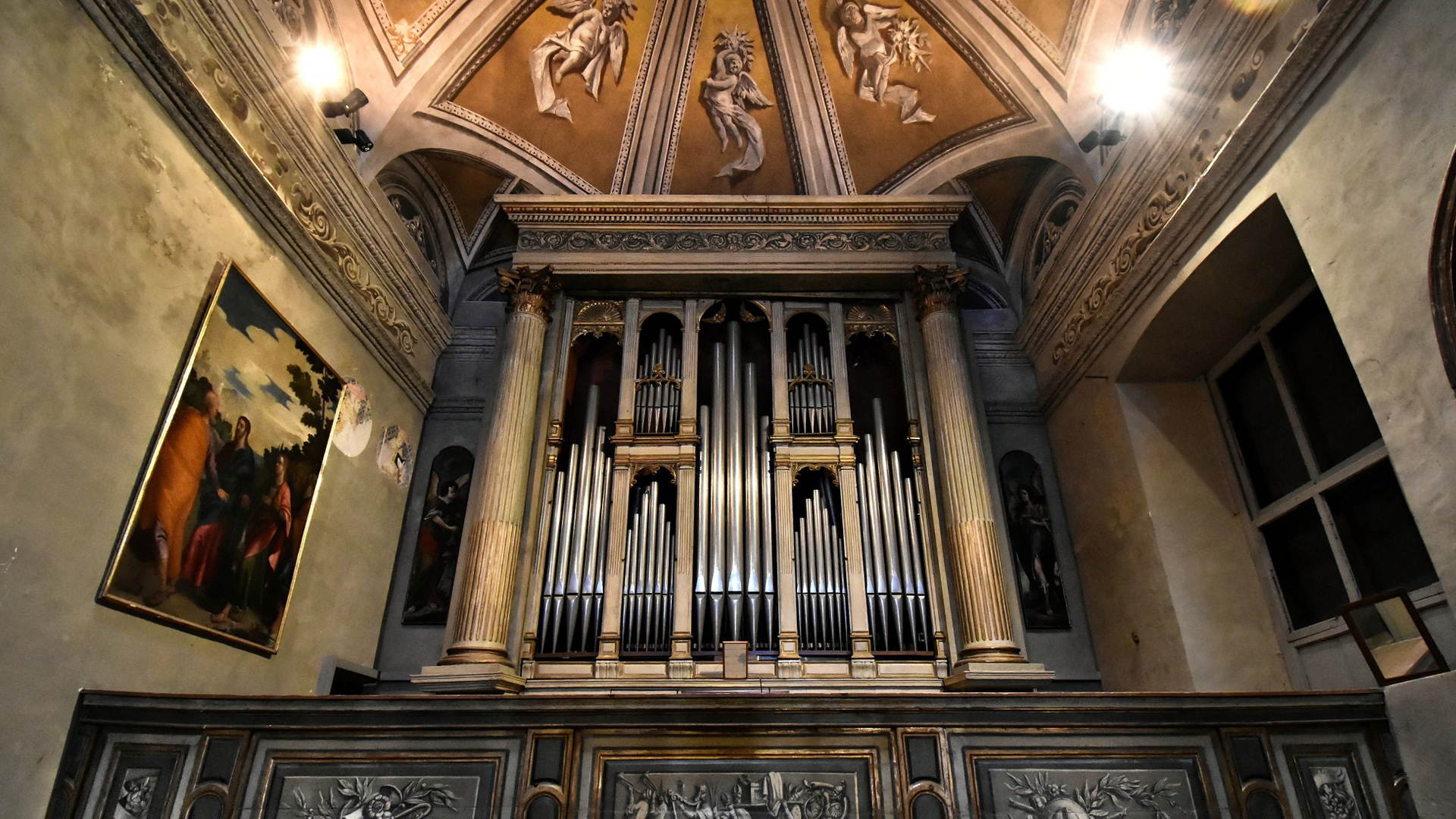
Many organs produced by the Inzoli firm are also preserved in the churches of Crema, such as the churches of San Giacomo and San Bernardino, just to name but two.
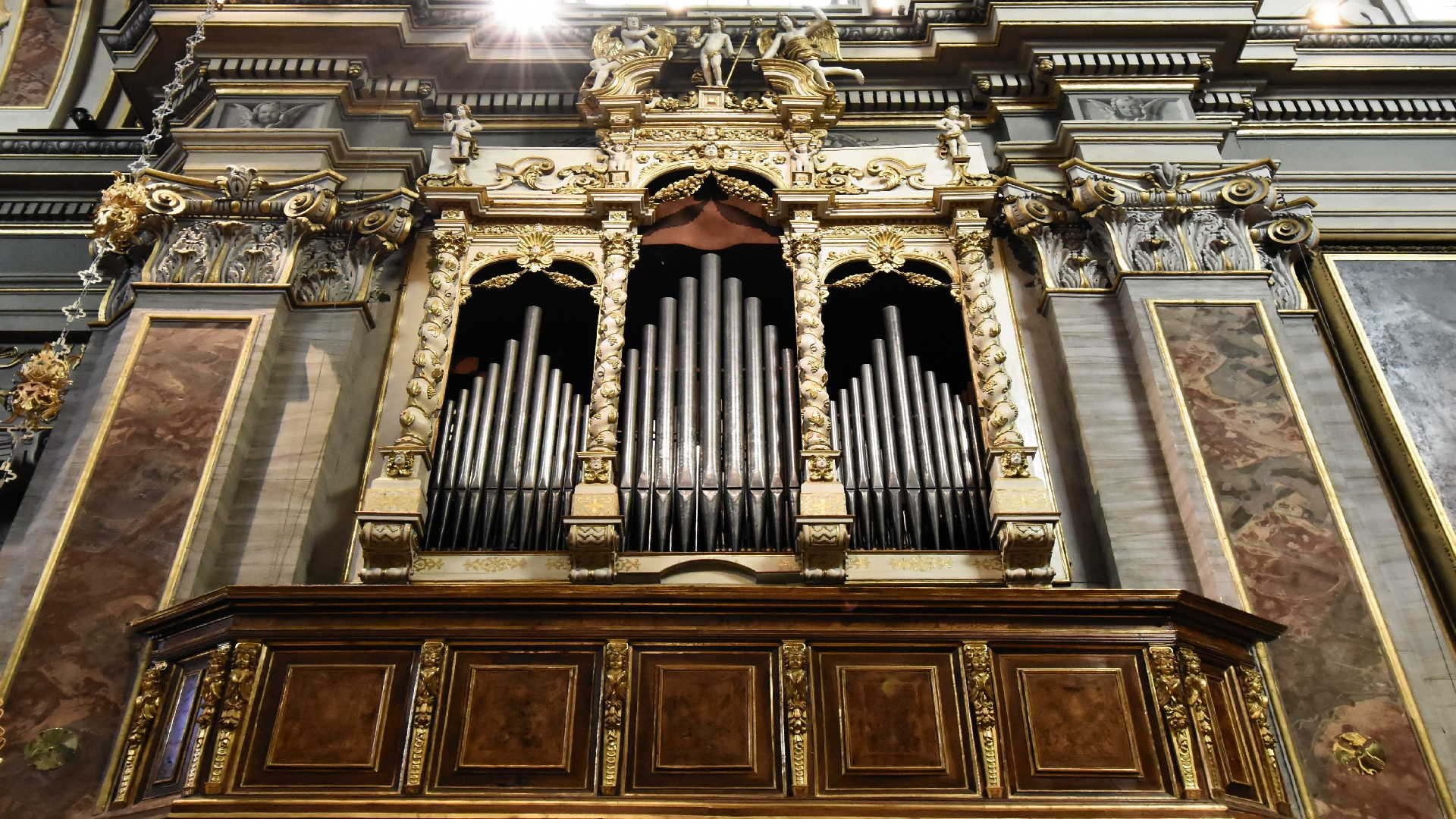
Info
The itinerary starts from Civic Museum of Crema and Cremasque
Piazzetta Winifred Terni de Gregorj 5
Opening time:
from tuesday to friday: 09:00 – 12:00 e 14:30 – 17:30
saturday, sunday and holidays: 10:00 – 12:00 e 15:30 – 18:30
Tel 0373256414
museo@comune.crema.cr.it

